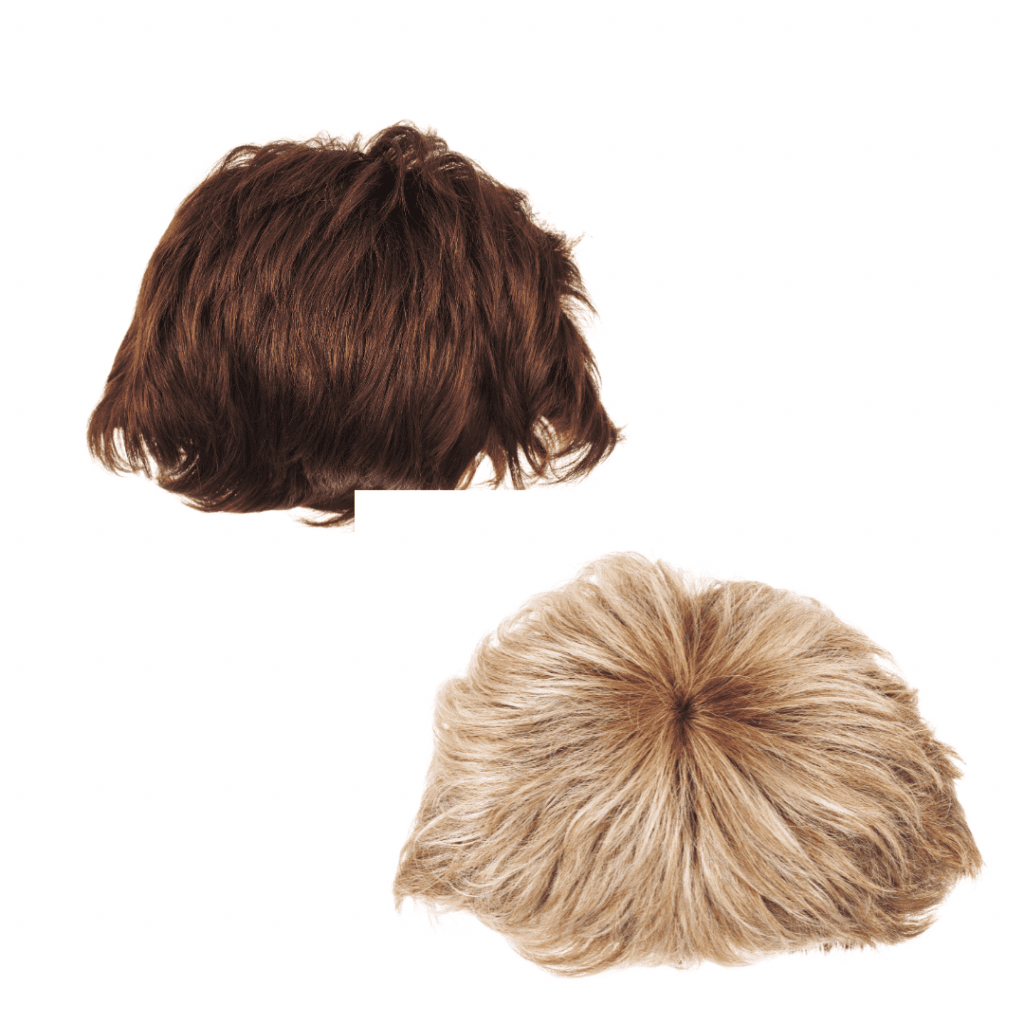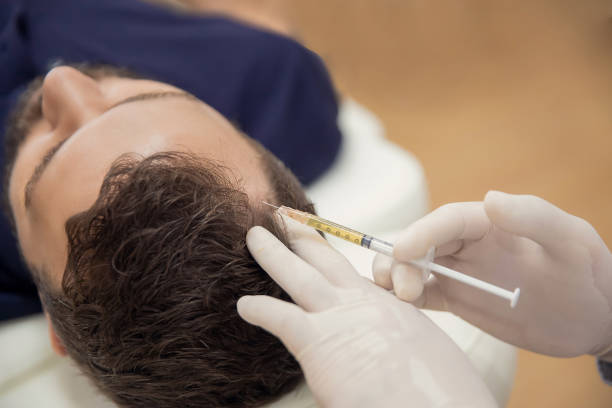No products in the cart.
Services
Synthetic Hair Transplant
In the late 1970s, hair transplants changed to Synthetic hair transplants. On this page, we explore artificial hair transplants, a captivating technique. This is not about wigs or hairpieces, but a surgical procedure transplanting individual hair strands. Let’s examine this remarkable procedure, its aspects, and step-by-step process.
How Do Artificial Hair Transplants Work?
Artificial hair transplants are an alternative treatment for those unable to undergo traditional transplants due to limited donor hair or health conditions.
The term “bio fiber” is associated with this method, which serves as an alternative to real transplants.
Complications like cyst formation, infections, and inflammation have led to the procedure being banned in many countries, including North America in 1983. Other countries followed suit.
How Do Synthetic Hair Implants Work?
Synthetic Hair Implants, also known as synthetic or biofiber hair transplants, involve transplanting man-made fibers to replace natural hair follicles. The procedure requires an initial consultation and medical tests to ensure the patient’s suitability. Observing the body’s reaction to the artificial hair is the next step before larger sessions can be performed. Polyamide fibers are used in the procedure along with an implanter pen and local anesthesia.
The implanter inserts synthetic hair strands into the scalp about 0.3 mm deep, resembling the DHI hair transplant method. Microchannels are opened one at a time during the transplantation process, and knots are placed under the scalp to stabilize the insertion of bio fibers.
After the transplantation process, new connective tissue grows, closing the wound channel and securing the artificial hair on the scalp. This procedure has been banned in many countries due to complications associated with cyst formation, infections, and inflammation.

Will Artificial Hair Transplants Give You Natural Looks?
While a biofiber hair transplant may initially create a satisfactory look, it cannot maintain this appearance over time. This is simply because it is not part of the human body. The artificial hair will eventually become lackluster, and after a year, it will start to deteriorate. Thus, to regain the original look, additional hair strands must be transplanted. The expense of this may be worrying, but there is also the added danger of infections which can lead to serious and irrevocable consequences.
Book Appointment
How it works
Are There Any Complications Associated With Bio Fiber Hair Transplants?
Although improvements have been made since its first introduction, there remains a major problem with synthetic hair transplants that haven’t been eliminated, which is the fact that
the body perceives artificial hair fibers as a foreign substance. In an organic hair transplant procedure, the body recognizes that the tissue belongs to the person, so no rejection or immune reaction will occur.
Another important aspect of hair transplants with biological or semi-biological artificial hair being used is the fact that the wound channel in which the artificial hair is inserted cannot heal properly, which means that there is consistently an open entrance from the outside, creating an ideal environment for bacteria and other microbes.
This, in turn, causes the body to form a persistent immune reaction that inevitably leads to infections and inflammation in the scalp.
Some Other Complications
- Patients are at an increased risk of experiencing apparent inflammation (infections) on the skin. This, in turn, will lead to scar formation that will appear aesthetically unpleasant, leaving the skin with a rough and uneven skin texture.
- Approximately 15-20% of the transplanted artificial hair fibers fall out every year. For this reason, the transplanted hair will not remain as permanent as natural hair. Additional hairs have to be transplanted every year.
- The average life span of artificial hair is between 8 to 10 years.
- Factors such as heat and chemicals applied to your haircare are more likely to cause damage to the artificial hair. Remember to treat it with extra care.
- Inflammatory reactions such as infections and acne may occur.
- While the body may seem to have accepted the transplanted artificial hair fibers at the beginning, there is the likelihood of rejection after some time. In such a case, the transplanted artificial hairs must be removed.
- The synthetic hair strands that have been rejected by the body can cause permanent damage to the skin.
- If a person who has undergone a bio-fiber hair transplant has developed a skin infection, it becomes impossible to perform an organic hair transplant in the same area.
Conclusion
In conclusion, even though artificial hair transplants may seem to look promising for people who do not have any other option, it is important to acknowledge the fact that if they plan to undergo such an operation, they will also bear all the risks associated with it. While this method is not a permanent solution, some may still choose this procedure anyways. It’s important to understand the risks and complications before moving forward with this type of hair transplant treatment.
FAQs
Discover Everything You Need to Know
Your hair is an integral part of your identity and self-esteem. So when you start noticing thinning hair, it can affect many aspects of your life and change how you feel about yourself. A hair restoration surgery is the best way to regain the natural appearance of your hair permanently, but it is only a decision you should make with careful consideration.
Hair restoration surgery can be considered a safe option for individuals with hair loss or thinning. The transplanted hairs are able to resist the hormone responsible for hair loss, making the results permanent. While there may be some risks associated with the surgery, when performed by a qualified and experienced surgeon, the procedure can be a safe and effective solution for hair restoration.
Unless your body has gone through some hormonal change (puberty, pregnancy, cancer treatments, etc.), it’s unlikely that your hair texture will change much. You may notice that your hair becomes curlier as you transition and your hair gets healthier.
We will do everything possible to ensure your comfort on the day of surgery. First, you will receive a sedative to relax, and then a local anesthetic will be administered to ensure a pain-free surgical experience.
Let's Get Started
Contact The American Mane Team Today
Although we cannot offer synthetic hair transplant procedures, we still want to hear from you. The American Mane team can offer many alternatives that will give you fuller-looking hair and restore your self-confidence.


